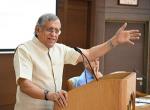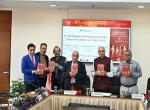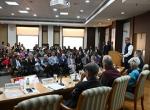A four-member team from the Vivekananda International Foundation (VIF) comprising Director, Dr. Arvind Gupta, Lt. Gen. Ravi Sawhney, Ambassador Anil Wadhwa and Dr. Harinder Sekhon participated in the Quad Plus Dialogue in Tokyo from March 4 to 6, 2018. This was the fifth in this series of track-two ‘Quad’ dialogues. This Dialogue was held in the backdrop of the November 2017 Track one dialogue when officials from the four countries met on the margins of the ASEAN meetings in Manila. Going forward, the purpose of the latest Quad-Plus think tank dialogue is to help inform future meetings and expand upon official deliberations.
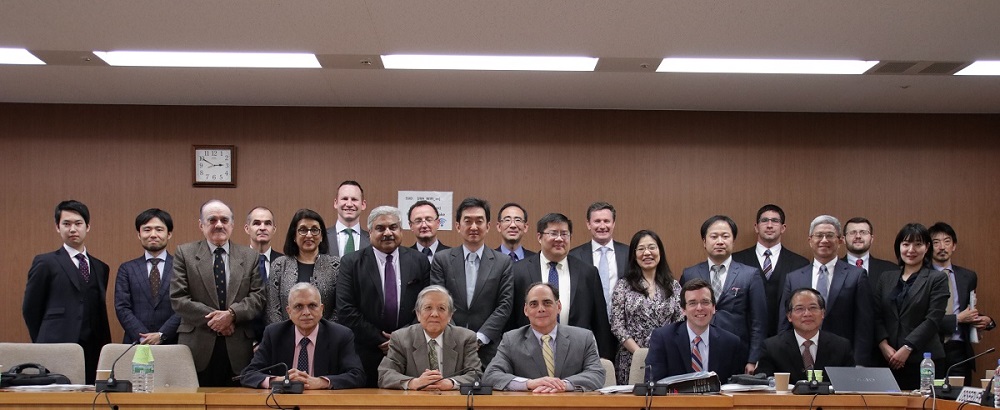
All four countries have interests in areas like the freedom of the seas, the shape of regional diplomatic architecture, counter-terrorism, and non-traditional security issues. These interests have been the real drivers of the Track Two discussions and the Quad Plus dialogue seeks to build upon this positive trajectory. The two-day dialogue focused on common strategic interests among the Quad countries, U.S., Japan, India, and Australia. Topics discussed this year included Quad interests in the South China Sea, Afghanistan-Pakistan, the challenge of maintaining a free and open Indo-Pacific, Chinese foreign policy under Xi Jinping, and maintaining autonomy of action in managing relations amongst the Quad countries as they balance their interests with China which is among the biggest economic partner for each.
There was agreement amongst the panelists and other experts that while there is a congruence of interest among the Quad countries about the challenges that confront each in the Indo-Pacific, the real challenge is to find alternatives to the sheer economic might of China in the region through the promotion of greater connectivity and infrastructure projects, thereby creating a more inclusive architecture in the Indo-Pacific. But there seemed to be a lack of clarity as to what the Quad group can do and whether such a grouping will be able to exert pressure on China to change its behavior.
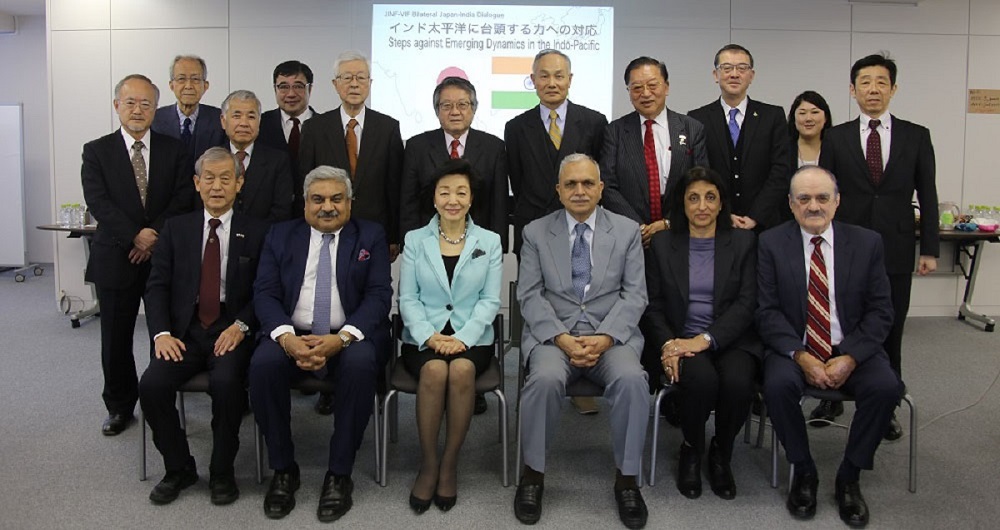
There was unanimity for the need to counter China’s aggressive behaviour through the promotion of an orderly and free flow of economic factors, highly efficient allocation of resources and deep integration of markets. There was agreement on the need to encourage the countries along the proposed Belt and Road to achieve economic policy coordination and carry out broader and more in-depth regional cooperation of higher standards, and jointly create an open, inclusive and balanced regional economic cooperation architecture that benefits all.
The practical cooperation projects discussed at the meeting were:-
• Maritime security and cooperation, capacity building for ASEAN and Pacific states, intelligence sharing, force restructuring, joint exercises, freedom of navigation exercises.
• Cooperation through existing mechanisms like Indian Ocean Naval Symposium (IONS), Indian Ocean Rim Association (IORA).
• Defence manufacturing and technologies including new technologies like sonar, radars and over the horizon technologies, maritime domain awareness.
• Deep sea mining, mine sweeping, cooperation in coast guard and surveillance
It was felt that there is a great need for cooperation and also the need to promote policy coordination, facilities connectivity, unimpeded trade, financial integration and people-to-people bonds as their five major goals, and strengthen cooperation in these key areas. The Quad nations should enhance the role of multilateral cooperation mechanisms by making full use of existing mechanisms such as the ASEAN, Asia-Pacific Economic Cooperation (APEC), Asia-Europe Meeting (ASEM), Asia Cooperation Dialogue (ACD), Conference on Interaction and Confidence-Building Measures in Asia (CICA) and BIMSTEC.
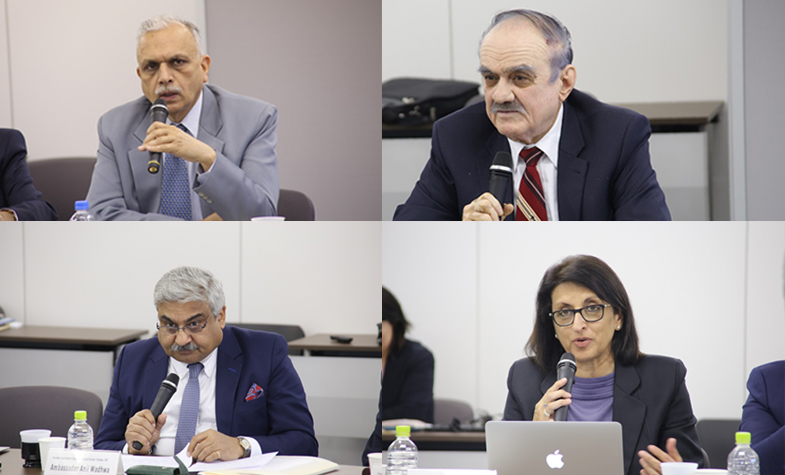
It was also agreed that there are serious impediments to overcoming trade barriers but if these barriers can be overcome, there will be significant potential for growth of economic ties, as exemplified by the economic cooperation between South Asia and South-East Asia, where India is proactive. In most regions small and medium-sized enterprises constituting the bulk of employment, have limited presence in trade, which hinders trade expansion and employment creation. Therefore the way forward can be through the following mechanisms:-
• Improving transport and energy connectivity is the crucial building block for greater economic integration. There is particular unexploited potential for energy trade, which requires the pooling and interconnection of electric power grids.
• Building institutions that will improve cross-regional coordination and address coordination gaps in areas such as cooperative planning and implementation processes is a major challenge. Problems rise when coordination policies need to be developed across two or more countries.
• The biggest pay-offs derive not from ‘low-hanging fruit’ such as only infrastructure projects, but rather from a combination or deep integration that tackles trade barriers such as Non-Tariff-Measures, services, competition policy, intellectual property protection and politically sensitive goods such as agriculture, and infrastructure development to sustain that trade integration.
• Trade facilitation measures are critical to ensure that the benefits of infrastructure investment result in an actual reduction in trade-related costs. While customs activity has the most visible impact on increasing the time and cost moving through borders, this can often mask the adverse effects of other agencies and operators in raising border transaction costs (port facilities, transport facilities, excessive documentation, immigration and quarantine requirements, inadequate information and communication technology).
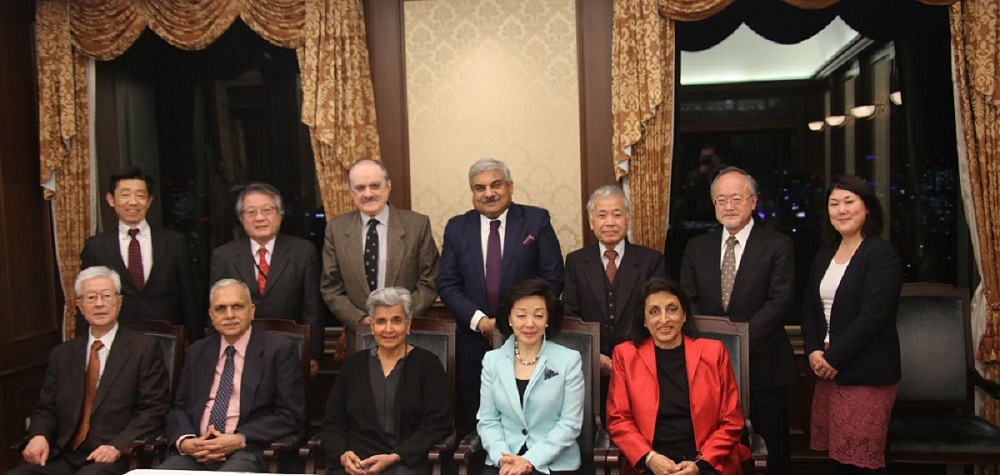
The four governments could discuss regional issues and cooperate in places where the countries have interests and are active, such as Afghanistan or Southeast Asia. It might be a sensitive subject, but another aspect that came up for serious discussion was intelligence sharing by establishing an effective and robust mechanism to tackle emerging challenges by increasing the scope of the post-World War-II ‘Five-Eyes’ mechanism. To this end, it was suggested that four working groups could be set up under joint exercises and operations, capacity building, intelligence sharing and media and communications.
It was also planned that the think tanks will recommend to their governments that the Quad mechanism be finalized and formalized, with a road map and a concrete agenda, for eventually elevating the dialogue to the secretary or vice minster level and later on to ministerial level. The group should meet more often and certainly on the margins of the ASEAN meetings to coordinate positions and to take stock of activities. Other suggestions included inviting Afghanistan and France for the Quad Plus Dialogue in 2019 and preparing a Vision Document that would help keep the focus on main issues.


